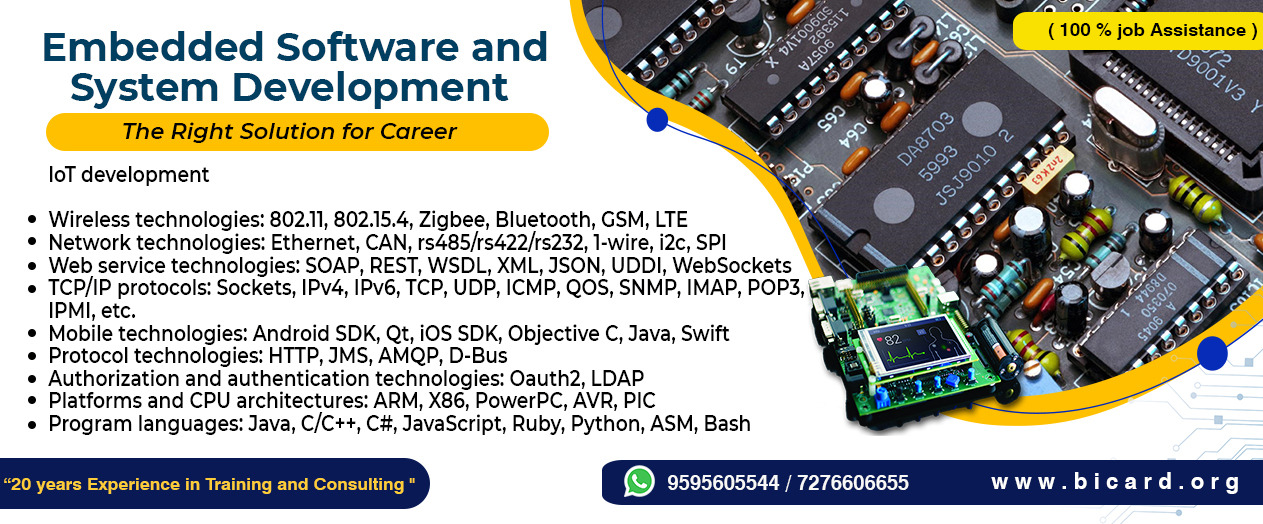
Developing with Embedded Linux Online
Standard Level - 5 sessions (6 hours per session)
PLEASE NOTE: This is a LIVE INSTRUCTOR-LED training event delivered ONLINE.
It covers the same scope and content as a scheduled in-person class and delivers comparable learning outcomes.
- Find out more about Doulos Online training here, including access details
- I am looking for in-person training only
Linux is used ever more on embedded systems driven by increasingly complex devices and a greater requirement for connectivity and multimedia. This is a rapidly growing market. Working with Linux for embedded systems can be difficult, with a vast array of choices available for tools and software.
This Developing with Embedded Linux training provides the practical skills and knowledge required to work with Linux in this environment. Workshops comprise approximately 50% of class time, and are based around carefully designed exercises to reinforce and challenge the extent of learning.
The course mainly uses Linux open source tools with a discussion of some of the available commercial solutions where appropriate.
The course is offered as a face to face public or on-site class or as a Live-Online class. In the latter case the practical exercises are slightly different but the training material is identical.
This course is designed for anyone wishing to get started quickly on working with Linux for embedded systems.
This course is designed for anyone wishing to get started quickly on working with Linux for embedded systems.
The format of Live ONLINE training from Doulos is focused on delivery of a single 6 hour intensive session per day. This includes live tuition and class interaction with the Doulos subject matter expert during the full scope of each session.
Labs are incorporated within the 6 hour sessions with the Doulos lab platform providing individual (private) tutor support at all times for each delegate. On occasion, labs may require time outside of the 6 hour session to complete. Additional lab material is available in some subjects for individuals to reinforce their understanding of the course content.
- An understanding of the structure of an embedded Linux system and how to work with the component parts
- Practical information about developing, analysing and debugging kernel and user space applications using a wide range of freely available Linux tools
- How to configure embedded Linux on the target, including the filesystem and the booting process
- Completion of Linux Fundamentals training or equivalent basic knowledge of using Unix/Linux on the desktop
- Experience of working with embedded systems (e.g. using RTOS or bare machine)
- Some familiarity with C programming is useful
A QEMU software solution is used which emulates real hardware and most of the labs are identical. The QEMU emulator can be booted and interacted with like a real hardware target using virtualized serial and ethernet connections.
Bicard course materials are renowned for being the most comprehensive and user friendly available. Their unique style, content and coverage has made them sought after resources in their own right. The materials include fully indexed class notes creating a complete reference manual.
- Course Objectives
- Linux Background
- Open-Source Software
- Licensing
- Embedded Linux Distributions
- Development platforms
- Host to target communications
- Console command and version control
- Exercises:
- Booting a standard image
- Establishing target communications
- Exploring the target filesystem
Working with the Linux Kernel
- Scheduling, real-time and memory
- Kernel configuration
- Building and booting the kernel
- Board support
- Kernel modules
- Exercises:
- Configuring and building the kernel
- Creating a kernel module
Debugging the Linux Kernel
- Kernel logs & printk
- JTAG
- KGDB/KDB
- Exercises:
- Using kernel logs
- Using KGDB/KDB to debug a kernel module
Building Applications
- Compiling on the target
- Cross-compiling
- Static and shared libraries
- Using a portable build system (e.g. Autotools)
- Exercises:
- Cross-compiling
- Creating static and shared libraries
- Configuring and compiling an Autotools application
Debugging Applications
- Compiling for debugging
- Target debugging
- Cross debugging
- Other user space tools
- Debugging user space seg faults
- Exercises:
- Target debugging
- Cross-debugging a seg fault
- Finding memory leaks with Valgrind
- Generating and using core dumps
Linux Applications
- How a Linux application can be structured
- Managing processes and threads
- Inter-process communications
- Interfacing with the kernel
- Exercises:
- Simple IPC
- Threads and processes
Configuring Filesystems
- Filesystem contents
- Init programs
- BusyBox
- Device management
- Exercises:
- Adding a daemon to init
- Configuring and compiling BusyBox
Filesystem Locations
- NFS
- RAM filesystems
- Block-based filesystems
- Flash filesystems (JFFS2, UBIFS)
- Exercises:
- Creating an initramfs
- Creating an early user space filesystem
- Writing a UBIFS into flash
Configuring the Bootloader
- The bootloader
- Bootloader choices
- Working with U-Boot
- Porting U-Boot to a new board
- Exercises:
- Working with the U-Boot shell
- Flashing a kernel image in U-Boot
Trace & Profile
- Linux trace technology
- SysProf
- OProfile
- FTrace
- Perf
- Other Tools
- Use case examples
- Exercises:
- Investigating scp behaviour with trace & profile tools
Looking for team-based training, or other locations?
Complete an enquiry form and a Bicard representative will get back to you.
